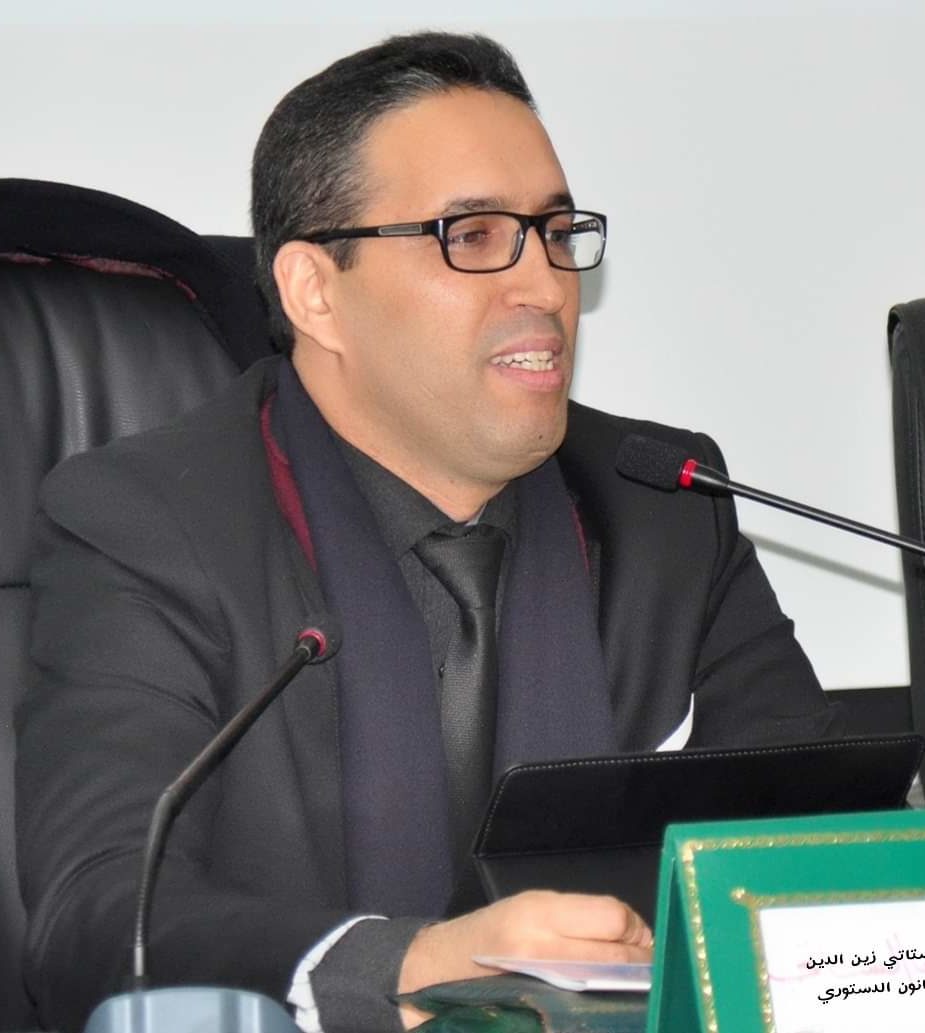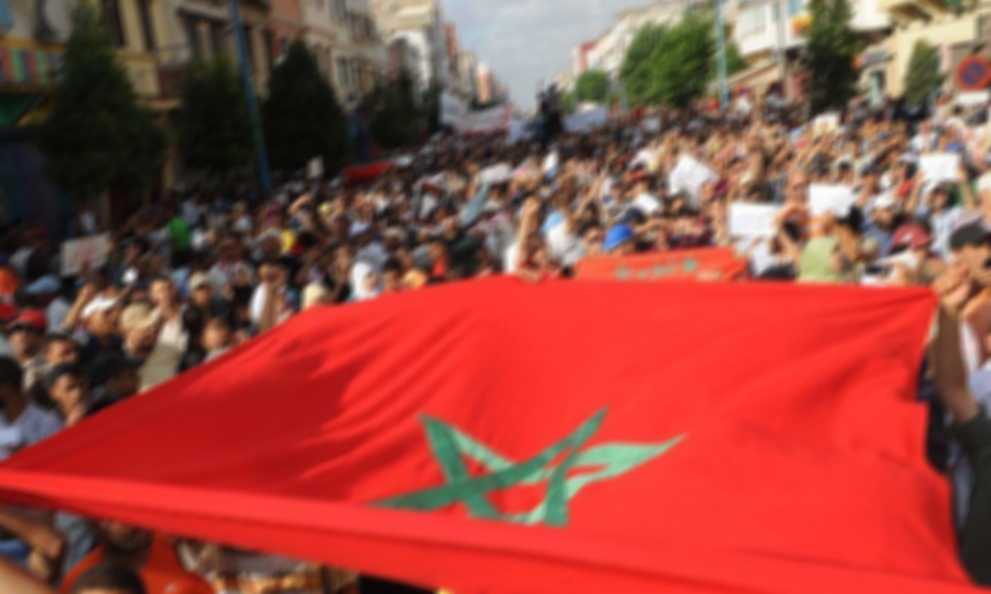ملخص:
بقدر ما عبّرت الممارسة الاحتجاجية في المغرب عن درجة من التعايش بلغها الفاعلون السياسيون والاجتماعيون زمن التسعينيات، واستبعاد العنف من العمل السياسي، وقبول منطق الاختلاف، والتداول على السلطة، ودافعت عن الحق في الوجود في الفضاء العام للتعبير عن فشل السياسات الاجتماعية الحكومية في تحقيق التنمية المنشودة، تزامنًا مع حكومة التناوب سنة 1998، وأثبتت قدرتها على إحداث نوع من التغيير الدستوري والسياسي بعد موجة الحَراك العربي، وبفضل دينامية حركة 20 فبراير المغربية سنة 2011، أظهر النظام السياسي، في المقابل، ذكاءً استراتيجيًا ملحوظًا تجلّى في قدرته الدائمة على الانفتاح المتدرِّج، وتنظيم التنفيس الدوري المستمر، وإعطاء إشارات في اتجاه المراجعة والتقويم وتغيير ما يحتاج إلى تغيير.
الكلمات المفتاحية: الاحتجاج، التراكم، التحول، الإصلاح، الاستمرارية
Abstract:
The 1990s protest movement in Morocco expresses the degree of coexistence achieved by political and social activists, their renouncement to violence and acceptance of divergence in political action, and their demand for alternation of power. In 1998, with the government change, Moroccans defended their right to participate in the public sphere and protested the failure of government social policy to achieve the desired development. In 2011, thanks to the dynamism of the Moroccan February 20 movement, they were able to achieve a certain level of constitutional and political change, after the wider Arab Spring Movement. Equally, the political regime demonstrated a notable strategic intelligence, through its constant ability for gradual opening, the organization of periodic appeasement gestures and signaling its intent for revision, reform, and change where needed.
Keywords: Protest, Accumulation, Transformation, Reform, Continuity

الحبيب استاتي زين الدين
حاز الدكتوراه في القانون العام والعلوم السیاسیة من جامعة القاضي عیاض في مراكش. يعمل أستاذا للقانون الدستوري وعلم السياسة في جامعة عبد المالك السعدي. صدر له مجموعة من الكتب والدراسات والبحوث العلمية باللغتين العربية والفرنسية في مجلات محكّمة وطنية ودولية، كما شارك في لقاءات علمية عدة.
Elhabib Stati Zineddine: He holds a doctorate in public law and political science from the Cadi Ayyad University in Marrakesh. He is a professor of constitutional law and political science at Abdelmalek Essaâdi University. He has published many books, studies and scientific research, and has also participated in several scientific activities.
